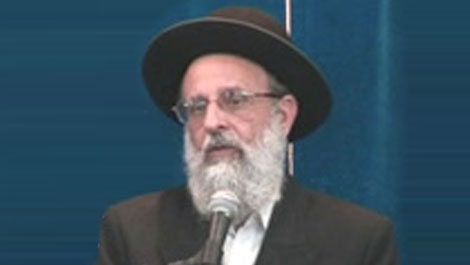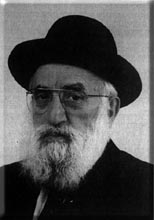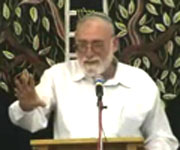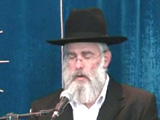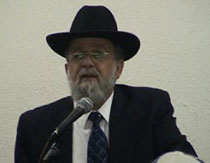Beit Midrash
- Sections
- Chemdat Yamim
- Ein Ayah
Ein Ayah: The building of the nation in a complete manner comes about when the three main elements of leadership are unified. One is the governmental power, which is in charge of making order in the actions that need to be taken. The second is the spiritual power of Torah wisdom and service of Hashem. The third is the power of money, specifically that which is needed to carry out the goals of the community and the individual.
Those who brought the bikurim represent the unity of the individuals of the nation and bringing together that which they produced for the common collection, so that the nation can reach its desired goal, as Hashem wants. The pachot represent the government officials. The seganim, a term used regarding the assistant to the kohen gadol, represent the religious functionaries. The gizbarim represent those who were in charge of the money, including all assets and riches in general. When the political powers and the finances will be focused on strengthening the goal that stems from the power of sanctity, the nation will flourish with greatness that is appropriate to its connection to Hashem.
It is true that the bringing of bikurim excites us in regard to seeing the unification of the nation’s strengths joining together in a central location and that a connection is made between the simple agricultural work and the most elevated and monumental service in the Beit Hamikdash. This shows that the pure love of one’s counterpart is one that runs through the spine of the nation, from one end to another, from the physical side to the spiritual side.
However, it is important to avoid a mistake that the light-headed might make. That is that one may think that due to this love of all members of the nation, there should be an erasure of all distinctions based on level within the nation. One may conclude that it makes no difference whether one is a great scholar or highly refined person, or whether one is a silly or sinful person. The truth is that such an approach is a highly destructive one that causes simple people to throw off the counsel of the sages and holy people within the nation – whether contemporary or those of previous generations. This in turn causes dissipation in the level of Torah and pure fear of Hashem. Therefore, it is important to be careful not to equate the great and the lowly even at a time in which we stress unity, including the time of bringing bikurim. In this way, the simple will listen to the wise and the true freedom, which finds expression in the preservation of the national hierarchy, will come specifically by means of clearly evaluating each person and each subgroup within society. That is why at the time of the bringing of bikurim to Yerushalayim, the number of people who went out to greet them depended on the level of the person bringing. This shows that we should know there is a difference between the holy (i.e., every Jew) and the holy of holies (special Jews), and certainly between Jews who serve Hashem and those who do not and between a fool and a wise man.

Perceptions of Life after Death for the Righteous and Others
Various Rabbis | 5770

"Rav Kook's 'Take' on the Current Turmoil in Israel"
Ein Aya Shabbat 5,22
Rabbi Ari Shvat | Iyar 5783

"Various Levels of Bad & Their Exact Judgement"
(Ein Aya Shabbat Shabbat 5, 29)
Rabbi Ari Shvat | Tammuz 5783



















